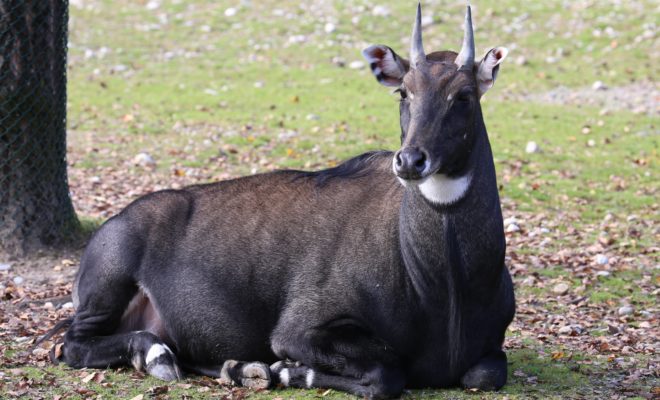 en.wikipedia.org
en.wikipedia.org
Nature
Discover the Facts About Exotic Animals Living in Texas
An “exotic” is a medium to large sized non-native mammal or bird that have been introduced onto Texas ranches and properties in either a confined or free-ranging status. Common species of exotic mammals found on Texas ranches generally consist of one of the following three major scientific families: Cervidae (deer), Bovidae (cattle and antelope) and Equidae (horses and zebras). Exotic birds generally encountered on Texas ranches are large, flightless species such as Ratites (the ostrich from Africa, emu from Australia and rhea from South America).
The first release of exotics onto Texas ranches occurred in 1930, when a herd of Nilgai antelope was released on the King Ranch in South Texas. How many exotics are there in Texas? The last statewide survey of landowners, conducted by the Wildlife Division of the Texas Parks and Wildlife Department in 1988, estimated that 164,257 animals of 67 different species of exotics, with 90,400 animals confined behind fences and 73,857 animals free-ranging (able to move freely from one ranch to another). It is estimated that those figures have more than tripled in the last few years.
Approximately 76% of all confined exotics were found in the Edwards Plateau (Texas Hill Country) region. The South Texas region account for the bulk of the free-ranging exotics – 59% of the statewide total. The most common species of exotics in Texas are the axis deer reported to be confined on 463 ranches in 92 counties and free-ranging only in an additional 6 counties. The second most numerous species is the Nilgai antelope. The majority of the Nilgai population occurs semi-free-ranging on large ranches South Texas. The species is confined on only 25 counties. Blackbuck antelope, ranked third and are confined in 92 counties.
Aoudad sheep ranked fourth and are confined on approximately 172 ranches in 68 counties and free-ranging only in an additional 7 counties. The population estimate does not include the State-regulated Aoudads free-ranging in Palo Duro Canyon area. The fifth most numerous species is the fallow deer, confined on 276 ranches in 92 counties and free-ranging only in 1 additional county. Sika deer, rank sixth and included animals confined on 210 ranches in 87 counties.

